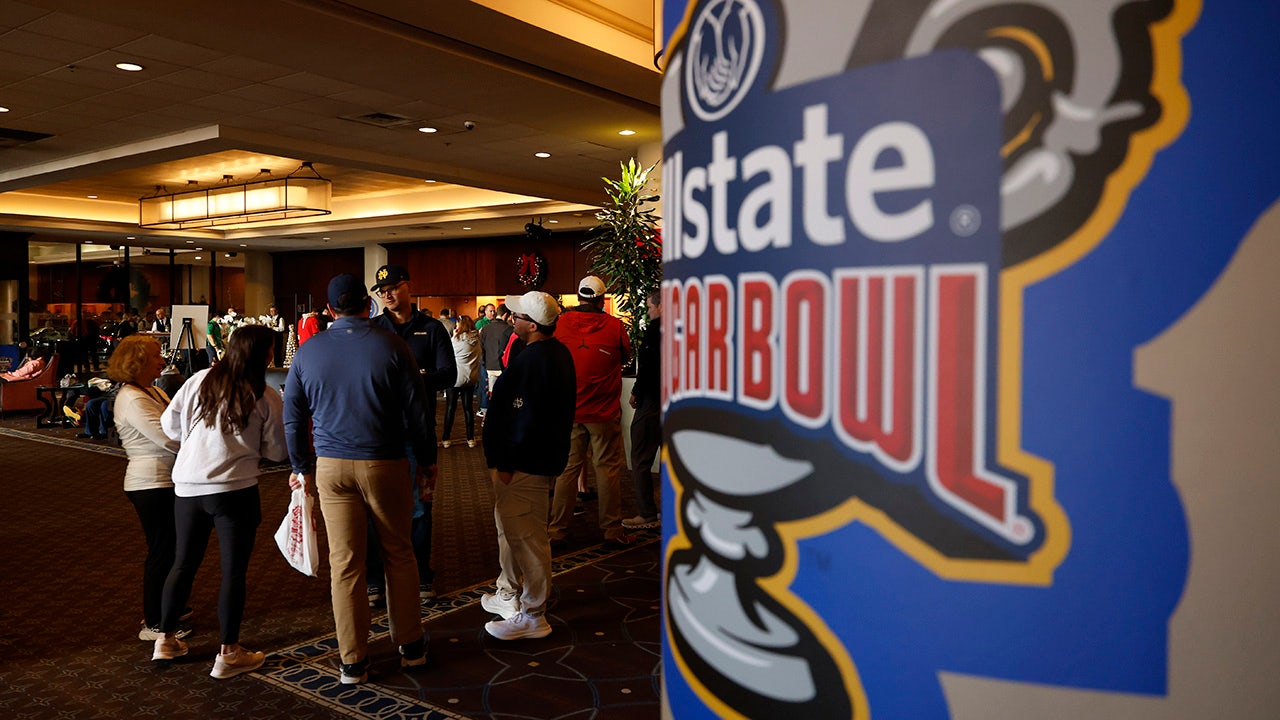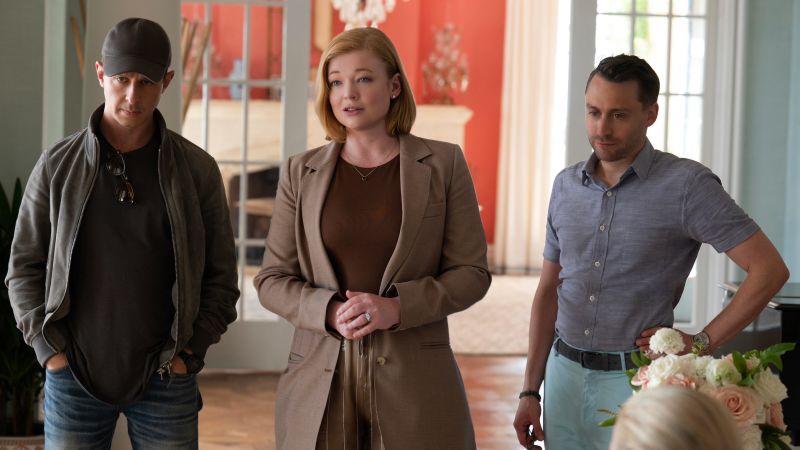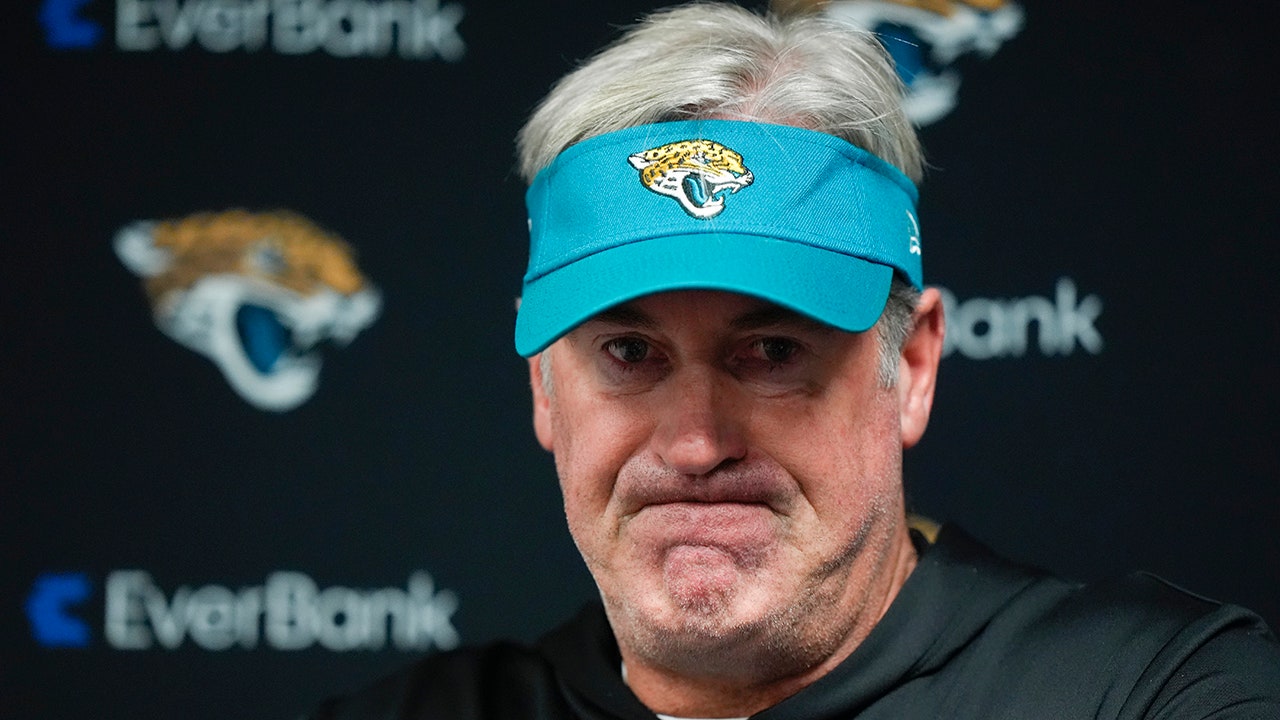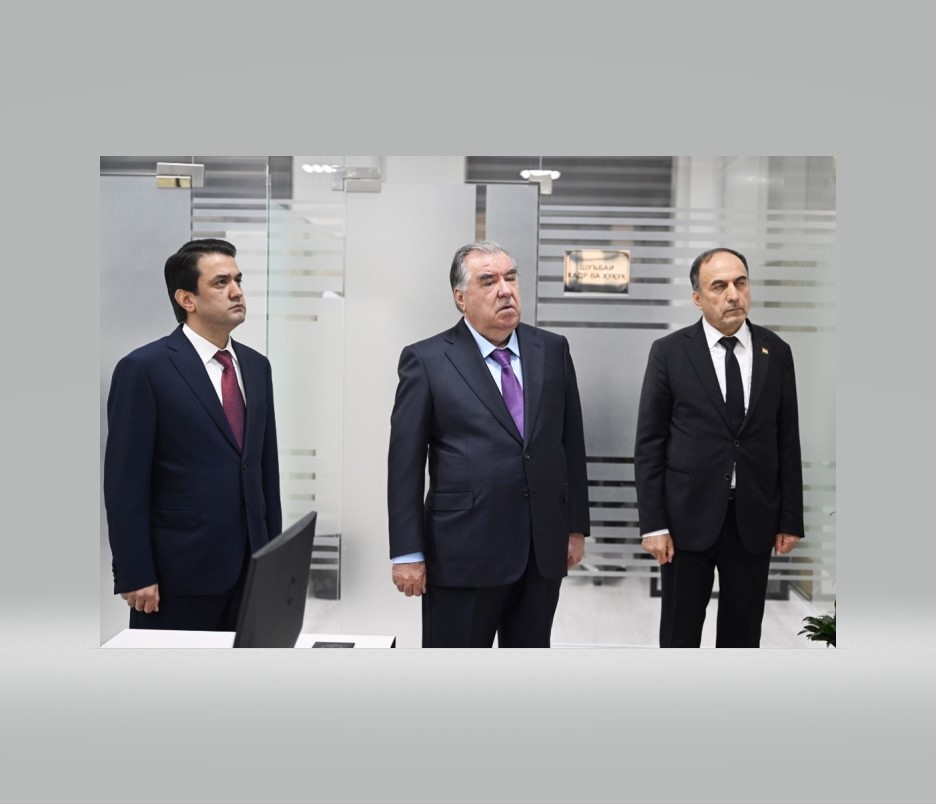Seven works by the Austrian Expressionist Egon Schiele will be handed over on Wednesday to the heirs of the Viennese cabaret artist who had owned them before he was murdered by the Nazis, according to Manhattan prosecutors, marking a major turning point in one of the art world’s longest-running Holocaust restitution cases.
The ceremony to return the artworks to the heirs of Fritz Grünbaum, who was killed in the Dachau concentration camp in 1941, was scheduled to be held at the office of the Manhattan district attorney, Alvin L. Bragg, which investigated the case.
“This is of huge importance in our world,” said one of the Grünbaum heirs, Timothy Reif, referring to the descendants of Holocaust victims seeking the return of looted property nearly 80 years after the end of World War II. “It sets the tone and the agenda for all future cases.”
For more than a quarter of a century the Grünbaum heirs have sought the return of a number of different Schieles; their claims, which prompted civil suits in state and federal courtrooms, have been closely watched in the art world.
The battle over the collection set off an international incident in 1998, after a Schiele that Grünbaum had owned was lent by an Austrian museum to the Museum of Modern Art in New York. Robert M. Morgenthau, who was then the Manhattan district attorney, issued a subpoena to try, unsuccessfully, to prevent its return, and that of another disputed Schiele, to Austria.
The Manhattan district attorney’s office became involved in the case again in December, after a 2018 New York civil court ruling that said Mr. Grünbaum had never sold or surrendered any of his works before his death, making his heirs their true owners. Prosecutors found evidence that the seven works had passed through the hands of a Manhattan dealer, which they said gave them jurisdiction. That made things different this time: Approached by prosecutors, several museums and collectors agreed to hand the Schieles over to the heirs after his office told them they possessed stolen property.
“Fritz Grünbaum was a man of incredible depth and spirit, and his memory lives on through the artworks that are finally being returned to his relatives,” Mr. Bragg said in a statement. “I hope this moment can serve as a reminder that despite the horrific death and destruction caused by the Nazis, it is never too late to recover some of what was lost.”
The seven works being returned voluntarily were in the hands of three museums — the Museum of Modern Art and the Morgan Library & Museum, both in New York, and the Santa Barbara Museum of Art in California — and two collectors, Ronald S. Lauder, the president of the World Jewish Congress and a longtime advocate of Holocaust restitution, and the estate of Serge Sabarsky, a well-known art collector. (Separately, an eighth work held by the Sabarsky estate was previously returned to the heirs.)
Mr. Grünbaum, a celebrated Jewish cabaret performer and art patron known for his barbs against Nazism, was arrested in 1938 and sent to the Dachau death camp in Germany.
While imprisoned, prosecutors said, he was forced to execute a power of attorney in favor of his wife, Elisabeth, who was later compelled to hand over his art collection — which included 81 Schieles — to Nazi officials. The prosecutors said that the collection was inventoried and then impounded in a Nazi-controlled warehouse in 1938, and that the works by Schiele, who had been declared a degenerate artist, were auctioned or sold abroad to finance the Nazi Party.
Mr. Grünbaum was killed in 1941 and his wife, who was also sent to a death camp, in 1942.
In the 1950s, many Schieles and other works from his collection surfaced on the art market in the possession of a Swiss dealer, Eberhard Kornfeld. They were later sold to an American dealer, Otto Kallir, who had a gallery in New York, before being sold on to a variety of buyers and widely dispersed.
In the 2018 case the heirs went to a court in New York State and won back two Schieles — “Woman in a Black Pinafore” (1911) and “Woman Hiding Her Face” (1912) — from a collector, Richard Nagy, who had planned to sell them. The ruling found that Mr. Grünbaum had owned the works before the war, and could not have voluntarily signed away the title to them while at Dachau, with Judge Charles V. Ramos writing that “a signature at gunpoint cannot lead to a valid conveyance” of someone’s property.
Bolstered by that ruling, the heirs approached the Manhattan district attorney’s office in December and asked it to investigate whether Schieles once owned by Mr. Grünbaum that were in New York or had passed through the hands of Mr. Kallir could constitute stolen property under New York law, Mr. Reif and investigators said.
Matthew Bogdanos, the assistant district attorney who directs the city’s Antiquities Trafficking Unit, said that he was persuaded by the heirs to investigate the case as a criminal matter, and that doing so turned up new evidence tracking the paintings through New York.
The museums and collectors that agreed to hand over the Schieles all signed agreements with the district attorney stating that “pursuant to a criminal investigation” into “Nazi looted art,” they gave up all claims to the works.
Mr. Lauder declined to be interviewed but in a statement said, “I am pleased and honored to be able to help Fritz Grünbaum’s heirs continue their laudable efforts to recover his legacy.”
The Santa Barbara Museum of Art said in a statement that based on the new information, its director and board “made the determination that the drawing should be returned.” The Museum of Modern Art and the Morgan declined to comment in advance of the ceremony.
At least six of the returned Schieles are to be put up for auction at Christie’s in New York this year. Marc Porter, Christie’s head of restitution, said the sales would involve a commemoration of Mr. Grünbaum’s life. The proceeds, Mr. Reif said, would fund the newly formed Grünbaum Fischer Foundation to establish a scholarship program in Fritz Grünbaum’s name for young musicians. So far, he said, the charity has been funded by the $2.5 million sale in November of the two works they had won back in the 2018 state case.
In addition to Mr. Reif, 64, a judge on the United States Court of International Trade, the heirs include David Fraenkel, a co-trustee of Mr. Grünbaum’s estate, and Milos Vavra. Mr. Reif said Mr. Grünbaum was his paternal grandfather’s first cousin.
The seven artworks being returned on Wednesday had also been the subject of civil suits filed in 2022 in New York Supreme Court. Those cases have been dismissed, according to Raymond Dowd, the lawyer for the heirs. But referring to other works owned by Mr. Grünbaum that are either in New York or may have passed through the city, Mr. Dowd said, “We have asked the D.A. to investigate all artworks sold through New York and we believe that many more will emerge.”
The works being returned have been valued at between $780,000 and $2.75 million apiece. Two were surrendered by the Museum of Modern Art: “Prostitute” (1912), a watercolor and pencil on paper, and “Girl Putting on Shoe” (1910), a watercolor and charcoal on paper. “Portrait of the Artist’s Wife, Edith” (1915), a pencil on paper, was surrendered by the Santa Barbara museum, and “Self-Portrait” (1910), black chalk and watercolor on brown paper, by the Morgan.
Mr. Lauder surrendered “I Love Antithesis” (1912), a watercolor and pencil on paper. The Sabarsky estate gave back “Portrait of a Boy (Herbert Reiner)” (1910), a gouache, watercolor and pencil on paper, and “Seated Woman” (1911), a gouache, watercolor and pencil on paper valued at $1,250,000.
Manhattan prosecutors have said that in total they are conducting an investigation into at least a dozen Schiele works they say were looted by the Nazis and trafficked at some point through New York.
Last week, investigators seized three other Schieles from three out-of-state museums, saying those works had also been stolen and lawfully belonged to Mr. Grünbaum’s heirs.
Those three institutions — the Art Institute of Chicago, the Carnegie Museums of Pittsburgh and the Allen Memorial Art Museum at Oberlin College in Ohio — face lawsuits from the heirs in federal court, and have indicated that they believe they have good title to their works. Those works have yet to be transported to New York.
Mr. Reif said the prospect of getting back the art filled him with gratitude.
“Each one is exquisite to me,” he said. “I love these works because recovering them allows me to honor the memory of this man.”





















Discussion about this post